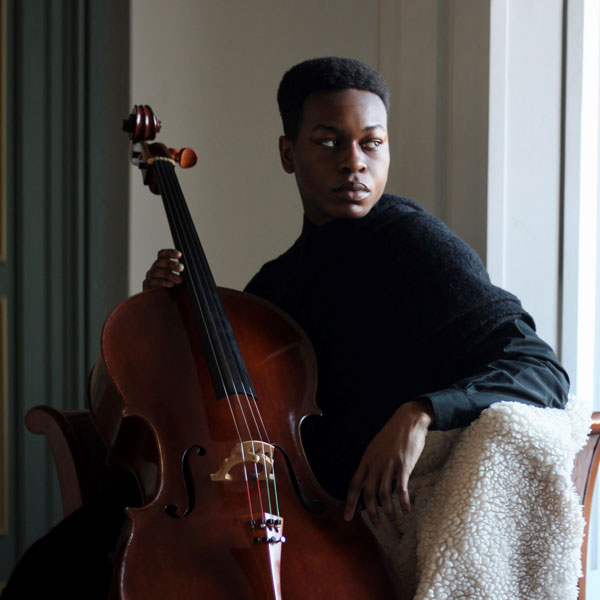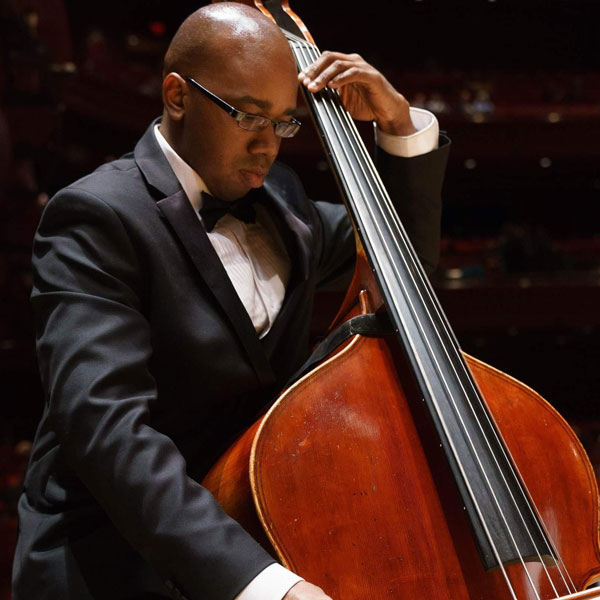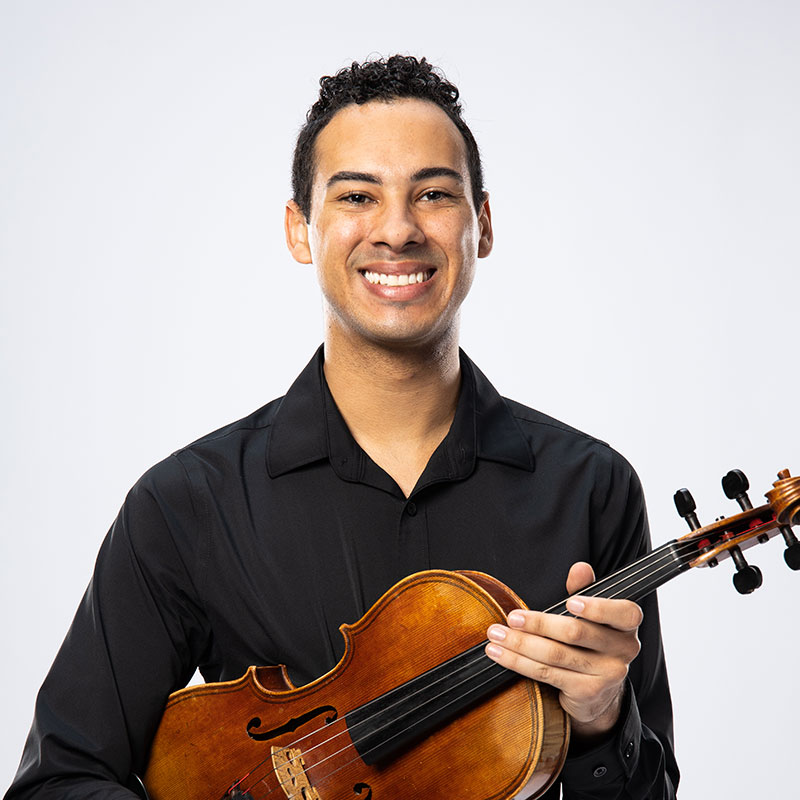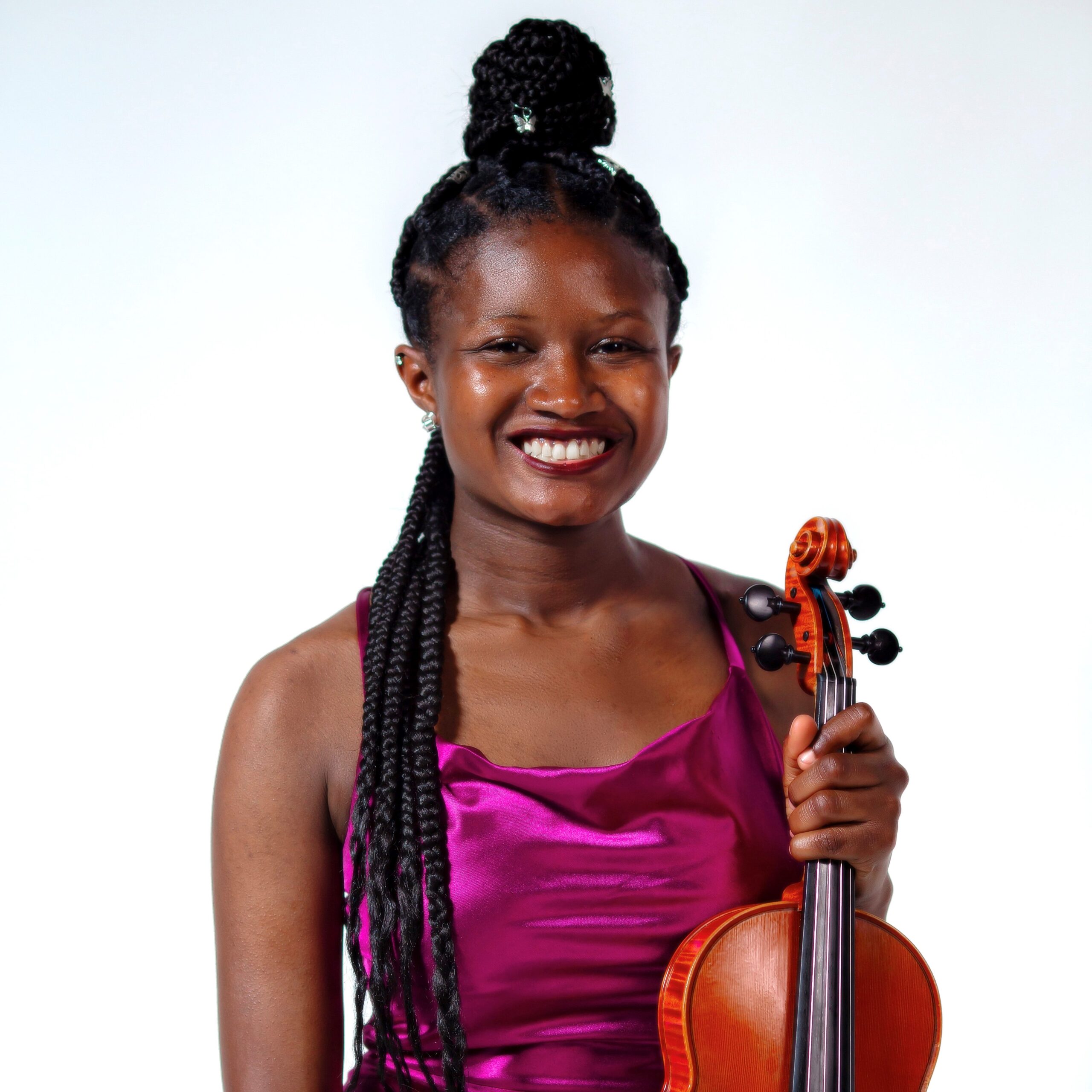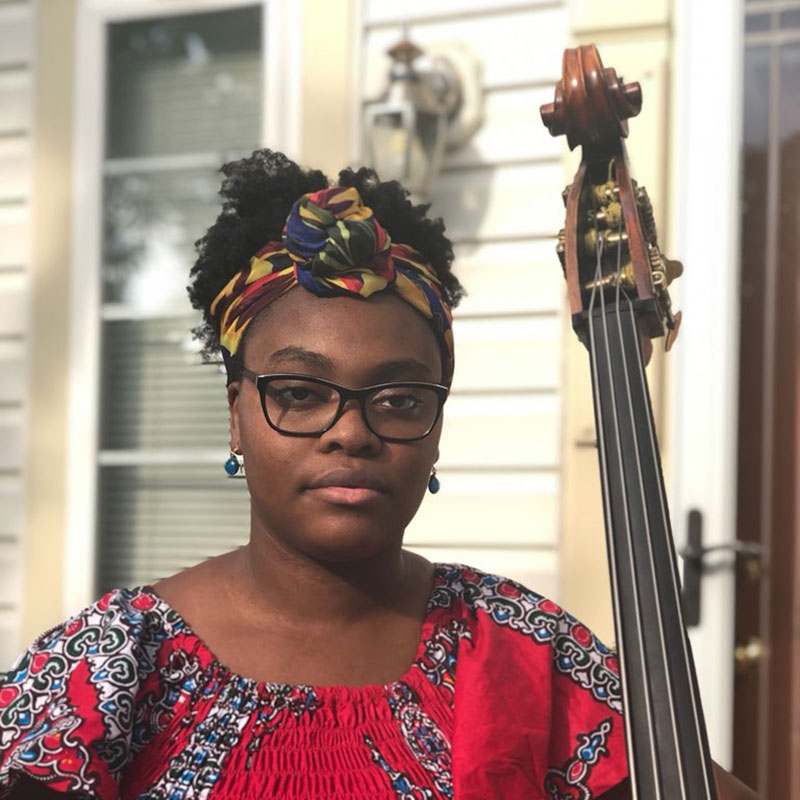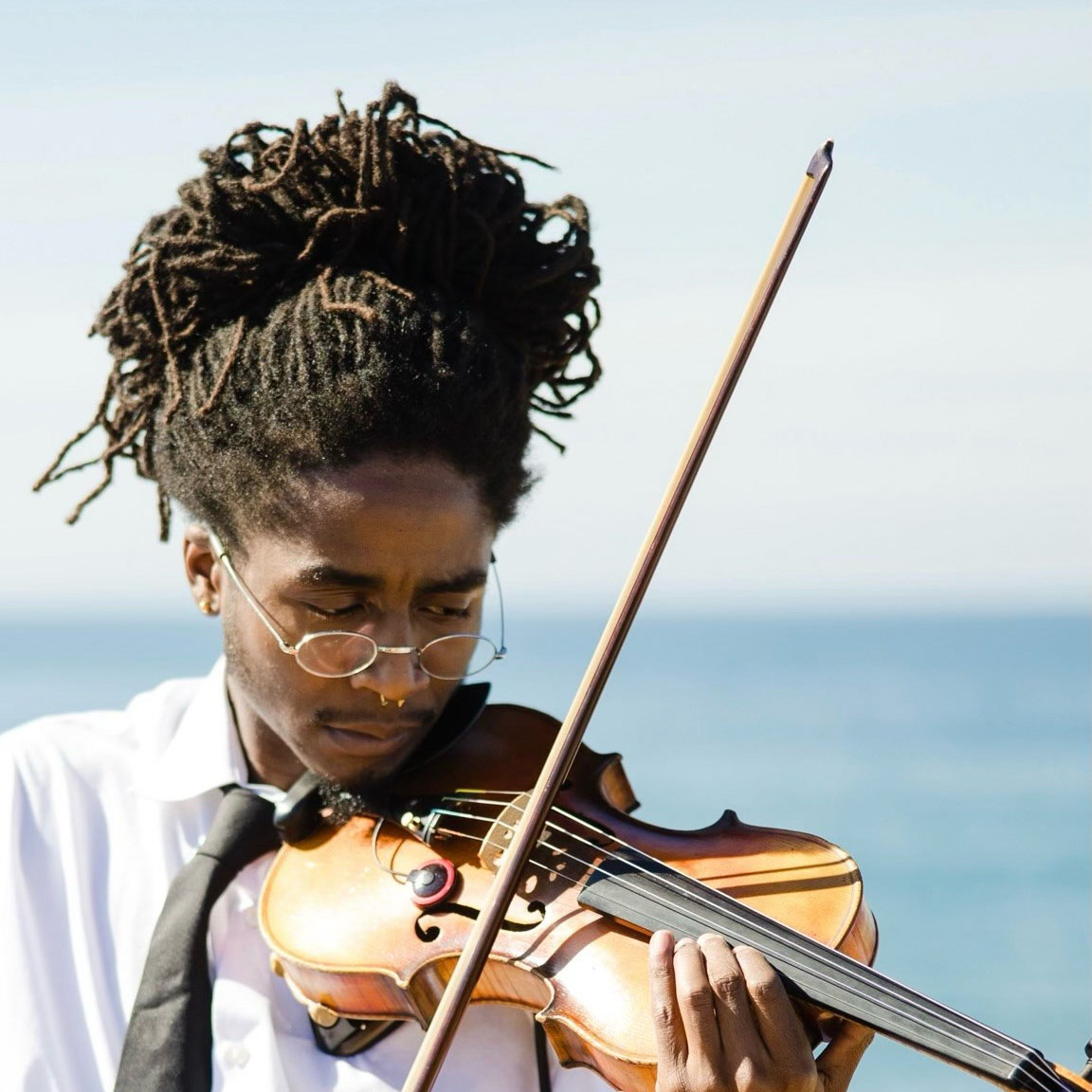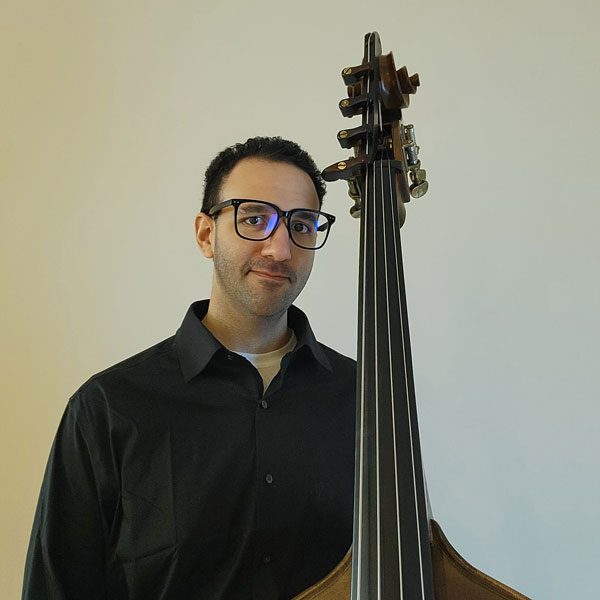What about the music?
An inside look with the Virginia Symphony Orchestra
Highlight — Opening Weekend:
Pictures at an Exhibition
Friday, September 13, 2024 7:30PM Ferguson Center
Sunday, September 15, 2024 2:30PM Sandler Center
Coleman’s Fanfare for Uncommon Times
Mason Bates: Philharmonia Fantastique: The Making of the Orchestra
Modest Mussorgsky/Maurice Ravel : Pictures at an Exhibition
By Stella Feliberti

The Performers
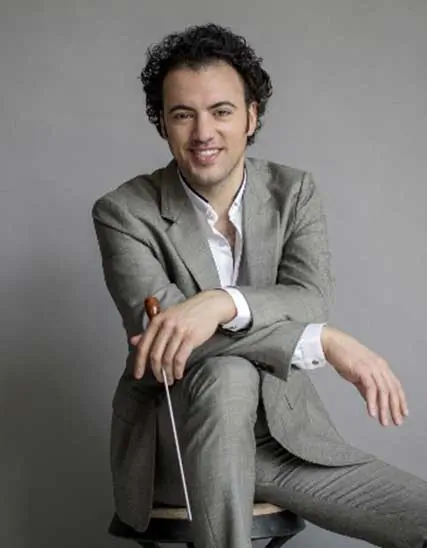
Meet our Conductor
Eric Jacobsen
Hailed by the New York Times as “an interpretive dynamo,” conductor and cellist Eric Jacobsen has built a reputation for engaging audiences with innovative and collaborative programming. He is the newly-named Music Director of the Virginia Symphony, becoming the 12th music director in the orchestra’s 100-year history.
Jacobsen is Artistic Director and conductor of The Knights, and serves as the Music Director for the Orlando Philharmonic Orchestra. Jacobsen founded the adventurous orchestra The Knights with his brother, violinist Colin Jacobsen, to foster the intimacy and camaraderie of chamber music on the orchestral stage. Eric splits his time between New York and Orlando with his wife, singer-songwriter Aoife O’Donovan, and their daughter.
The Creators
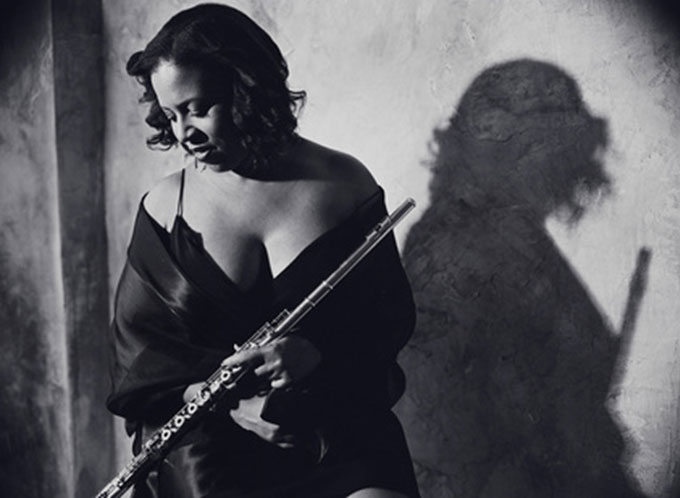
Valerie Coleman
Fast Facts:
- Coleman started flute in Elementary school, starting to compose soon after. She was composing works on her own portable organ at home.
- By age 14, Coleman had already written three full symphonies and won several state and local competitions
- Coleman is both a Grammy-nominated flutist and composer, currently active in both forms of musical artistry
- She was the first living female African-American composer to have a work played by the Philadelphia Orchestra with her orchestral arrangement of her work Umoja
- She has been commissioned by many prestigious organizations including Metropolitan Opera/Lincoln Center Theater New Works, The Library of Congress, The National Flute Association, and the Philadelphia Orchestra
- Coleman is currently on faculty at the Mannes School of Music for Flute and Composition. She is currently in residency at The Julliard School through their American Composers Forum
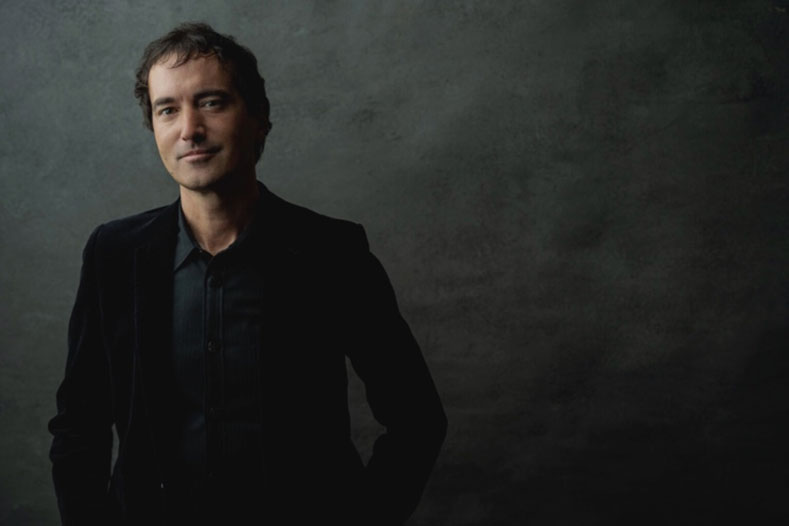
Mason Bates
Fast Facts:
- Bates is both a composer, DJ, and curator. His compositions often integrate electronic elements to revolutionize the possibilities of the modern orchestra
- Bates’s opera, The (R)evolution of Steve Jobs, was awarded a Grammy in 2019
- He started his career first through DJing under the name DJ Masonic. With this experience he has opened the club Mercury Soul, which incorporates immersive production, DJ, and classical music.
- Bates’s compositions not only incorporate electronic sounds, but also visual technological elements as well. In his residency at the Kennedy Center, his new-music series KC Jukebox featured animated venues, immersive production, and engaging visual elements.
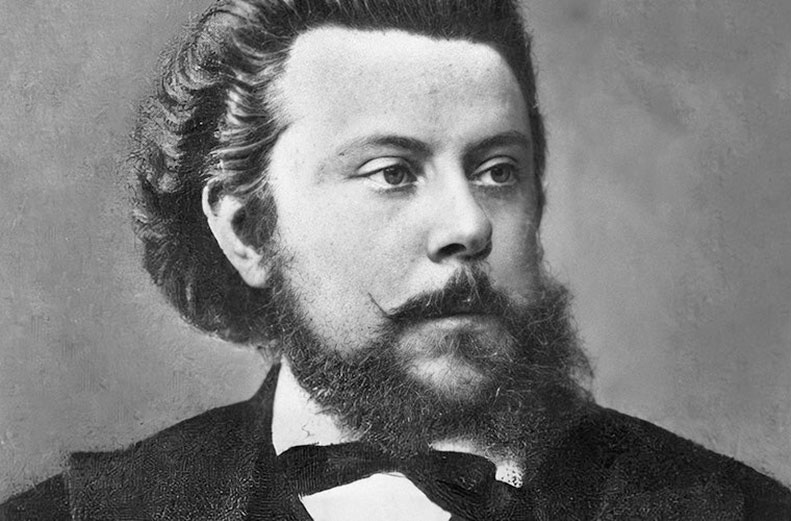
Modest Mussorgsky
Pronounced: maa-duhst muh-sorg-skee
Fast Facts:
- Mussorgsky was born on March 21st, 1839 in Karevo, Russia. He died on March 28th, 1881 in St. Petersburg
- Mussorgsky often incorporates rhythmic complexities to reflect the Russian language and folk traditions in his works. Most of his works are described as unpredictable yet very earthly
- Due to the complexities and undisciplined approach to composition, most of Mussorgsky’s works are revised by other composers, like fellow Russian composer Rimsky-Korsakov
- Mussorgsky was a member of the Five, which is a collection of prominent Russian composers who worked together in creating a nationalist school of Russian music. This group included Modest Mussorgsky, Aleksandr Borodin, Mily Balakirev, Nikolay Rimsky-Korsakov, and César Cui
Valerie Coleman
Fanfare for Uncommon Times
Listen to Coleman’s Fanfare for Uncommon Times by Members of the Mostly Mozart Festival Orchestra
Coleman’s Fanfare for Uncommon Times was commissioned and premiered by the Orchestra of St. Luke’s in 2021. It is arranged for brass and percussion ensemble. Coleman describes her aim for this composition as a “a piece that brings people together… a piece that touches that within us, that thing that wants to survive.” She wanted to include much of the Black experience in, including “the turmoil, the upheaval” associated with conversation of race in America. She found that “it almost seems sarcastic… to write a fanfare for the times we are currently living in,” hence the name Fanfare for Uncommon Times. This piece serves as an introduction into mankind’s journey into a new era; it represents “the courage and guarded jubilation one will feel as they enter uncertain times,” as Coleman describes.
The piece opens with a raucous brass chorale, giving this piece an awestriking start that indicates the beginning of this new era that Coleman speaks of. This demanding character is then interrupted by a trumpet call, introducing a new militaristic quality to the piece, showing the developing courage as we travel into this new era of humanity. It unfolds into a more rhythmic character and the percussion ensemble starts to take over. From this switch, the piece because more lyrical. The brass then tunefully soars above the rhythmic percussion, highlighting the guarded jubilation associated with uncertain times. However, the melody picks up pace as the piece excitingly comes to a triumphant end, illustrating a semblance of hope for real change in America. This piece is a great introduction into the interplay not only between sound textures of the brass instruments and percussion, but also highlights the variety of colors wind ensembles can create. Coleman’s compositional mastery is evident through her balance of melodic and rhythmic exchanges. Fanfare for Uncommon Times is a great piece to introduce audiences into the future and applicability of classical music into today’s social conversations.
Mason Bates
Philharmonia Fantastique: The Making of the Orchestra
Listen to Bates’s Philharmonia Fantastique
Philharmonia Fantastique is a revolutionary work in the blend of electronics and classical music. The piece is a concerto for orchestra and aminated film that interacts with the instruments of the orchestra through the work. The film elements provide an engaging and innovative guide to the orchestra through a blend of traditional and modern animation styles. Throughout the film and piece, audiences will see strings vibrating, brass valves slice air, and drums resonating as the camera explores the inside and outside of each instrument. Not only does this piece introduce non-musicians to the beauty and harmony of a traditional orchestra, but also reveals the future of classical music as more composers seek to blend technology and music as Bates has done in his Philharmonia Fantastique.
Bates introduces the orchestra by separating the ensemble into its four major families: strings, brass, woodwinds, and percussion. He creates themes and animations to characterize each family, establishing their own personality much like each family’s unique timbre. Thus, this sense of individuality develops a sense of tension between each family, requiring each instrument group to learn how to play and understand each other by learning to play each other’s melodic themes to create the beautiful harmonies of an orchestra. The charming nature of both the music and animation is sure to entice audiences to explore the past and future of traditional orchestras.
Modest Mussorgsky/Maurice Ravel
Pictures at an Exhibition
Listen to Mussorgsky’s Pictures at an Exhibition by the Leipzig Gewandhaus Orchestra
Originally written as a piano suite, Pictures at an Exhibition is the illustration of someone wandering through an exhibition, examining each picture as it catches their attention. It was originally written for piano in 1874, but composer Maurice Ravel reorchestrated it for full orchestra in 1922 where it was premiered by conductor Serge Koussevitzky. Mussorgsky wrote this piece in memory of his good friend Victor Hartmann who had a gallery of his artworks presented after his death. Thus, Pictures at an Exhibition is Mussorgsky’s imagination of himself “roving through the exhibition, now leisurely, now briskly in order to come close to a picture that had attracted his attention, and at times sadly thinking of his departed friend.”
The piece is a series of smaller movements, each representing a different artwork throughout the exhibition Mussorgsky musically curates. The piece first starts with a Promenade or walking theme to first immerse the listeners into the art gallery Mussorgsky the Promenade theme reflects Mussorgsky himself wandering through the gallery. Throughout the gallery or movements of the work, there are musical depictions of a wooden nutcracker, old castles, the Tuileries Park in Paris, cattle in the field, two men (one rich and one poor), chicks hatching, marketplaces, catacombs, imagery of the witch Baba Yaga, and finally ending with the Great Gate of Kiev. This piece includes a whirlwind of textures and images that catches the ear of listeners much like the vividness of paintings in a gallery. Mussorgsky’s Pictures at an Exhibition is an exemplary piece that highlight the imaginative and illuminative qualities of orchestral music, captivating listeners of all ages.

